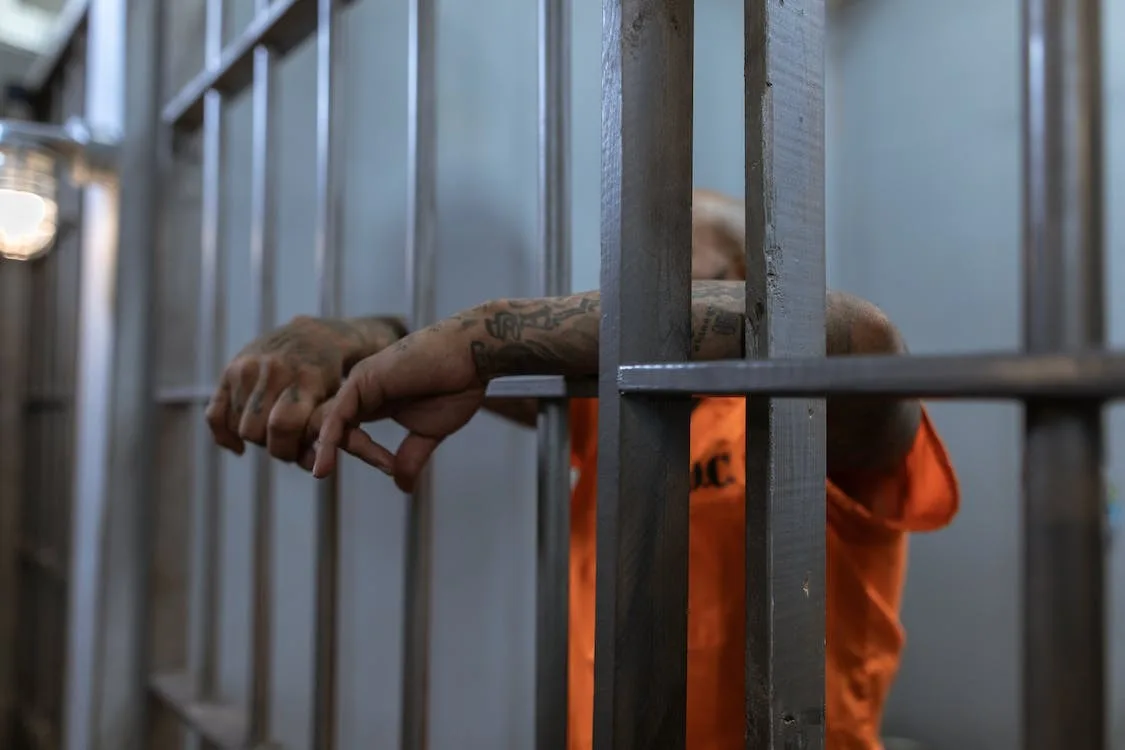Crime and its Consequences: What You Need to Know
Image source: Pexels.com
Crime is a serious problem that affects millions of people around the world. It can harm individuals, families, communities, and society in many ways. In this blog post, I will share some important information about crime and its consequences. You will learn:
- What is crime and how is it classified?
- What are the causes and effects of crime on different levels?
- What are the strategies and approaches to prevent and reduce crime?
By the end of this blog post, you will have a better understanding of crime and its consequences, and what you can do to create a safer and more just society for everyone.
What is Crime?
Crime is an act or omission that breaks the law and is punishable by the state. The law is a set of rules that regulates the behavior of individuals and groups in society. The law reflects the values and norms of a society, and it can change from country to country, and from time to time.
There are different ways to categorize crime, depending on the nature, severity, and frequency of the offense. Some common types of crime are:
Violent Crime
This involves the use or threat of physical force against another person, such as homicide, assault, robbery, rape, or kidnapping.
Property Crime
This involves the theft or damage of someone else’s property, such as burglary, larceny, arson, or vandalism.
White-Collar Crime
This involves the illegal use of one’s position or profession for personal gain, such as fraud, embezzlement, bribery, or money laundering.
Cybercrime
This involves the use of computers or the internet to commit crime, such as hacking, identity theft, phishing, or cyberbullying.
Drug-Related Crime
This involves the production, distribution, possession, or consumption of illegal drugs, such as heroin, cocaine, or cannabis.
Organized Crime
This involves the activities of groups or networks that operate across national borders and engage in multiple types of crime, such as human trafficking, smuggling, terrorism, or extortion.
What are the Causes and Effects of Crime?
Crime is a complex phenomenon that has multiple causes and effects. There is no single explanation for why people commit crime. Some of the factors that can influence criminal behavior are:
- Individual factors: These include biological traits (such as genes or hormones), psychological traits (such as personality or mental health), and personal experiences (such as abuse or trauma).
- Social factors: These include family influences (such as parenting style or family structure), peer influences (such as peer pressure or gang membership), and environmental influences (such as poverty or unemployment).
- Cultural factors: These include values and beliefs (such as religion or morality), norms and expectations (such as gender roles or social status), and media and entertainment (such as violence or glamourization of crime).
Crime can have negative consequences for both individuals and society. Some of the effects of crime are:
Physical Effects
These include injuries, disabilities, diseases, or death caused by violent crimes or drug-related crimes.
Emotional Effects
These include fear, anger, sadness, guilt, shame, or trauma caused by being a victim or a witness of crime.
Financial Effects
These include losses, damages, costs, or debts caused by property crimes or white-collar crimes.
Social Effects
These include isolation, stigma, discrimination, or distrust caused by being a victim or an offender of crime.
Legal Effects
These include arrests, trials, convictions, sentences, or records caused by being involved in the criminal justice system.
What can be done to Prevent and Reduce Crime?
Crime prevention and reduction are important goals for any society that values peace and security. There are different strategies and approaches that can be used to prevent and reduce crime. Some of them are:
Primary Prevention
This aims to address the root causes of crime and prevent it from happening in the first place. This can involve education (such as teaching life skills or moral values), intervention (such as counseling or mentoring), or regulation (such as banning or controlling harmful substances).
Secondary Prevention
This aims to identify and target individuals or groups who are at risk of committing crime or becoming victims of crime. This can involve screening (such as assessing risk factors or warning signs), support (such as providing services or resources), or diversion (such as offering alternatives or incentives).
Tertiary Prevention
This aims to deal with the consequences of crime and prevent it from recurring. This can involve enforcement (such as arresting or prosecuting offenders), rehabilitation (such as treating or training offenders), or reintegration (such as assisting or monitoring offenders).
Conclusion
Crime is a serious problem that affects millions of people around the world. It can harm individuals, families, communities, and society in many ways.
To prevent and reduce crime, we need to understand what crime is, what are the main types of crime, what are the causes and effects of crime on different levels, and what are the strategies and approaches to prevent and reduce crime. We also need to work together as individuals, groups, and organizations to create a safer and more just society for everyone.





0